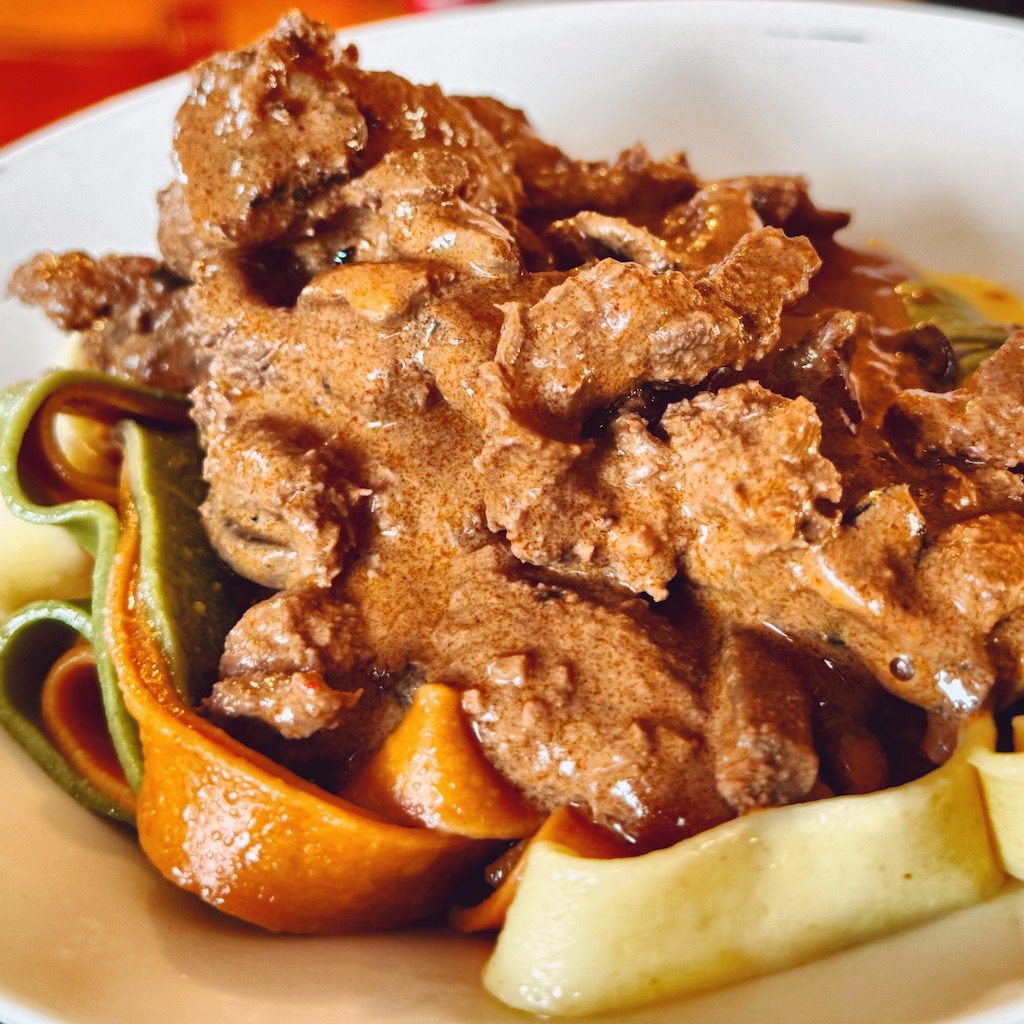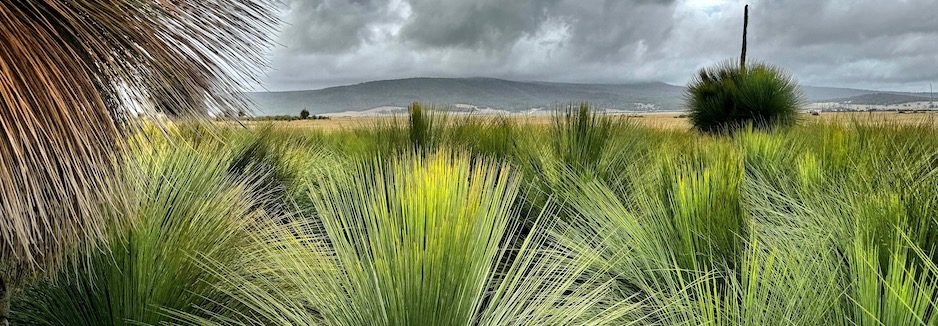Cape Barren Goose
Cape Barren Goose (Cereopsis novaehollandiae) is endemic to the southern regions of Australia. Cape Barren geese reputedly vie as world’s largest goose, rivaled only by the spur-wing goose of South Africa.
Adult Cape Barren Goose averages 75-100 cm (30-39 inches) length with a wingspan ranging from 150 to 190 cm (59-75 inches). Its plumage is characteristically pale grey, accentuated by darker feather spots on the wings and tail. It has a pale white crown. Highly terrestrial, it has long red legs; its feet are black, with very deeply lobed webbing. The bright yellow cere, encompassing the base of the bill and extending to the forehead. Owing to cape barren geese having evolved in brackish water habitats, the cere functions similarly to seaducks in excreting salt. The facial skin also exhibits a vibrant yellow hue, contributing to its striking appearance.
Cape Barren goose primarily inhabits coastal areas, including islands in Bass Strait and the southern coast of mainland Australia. Cape Barren Geese showcase adaptability by thriving in diverse environments such as salt marshes, grasslands, and offshore islands.
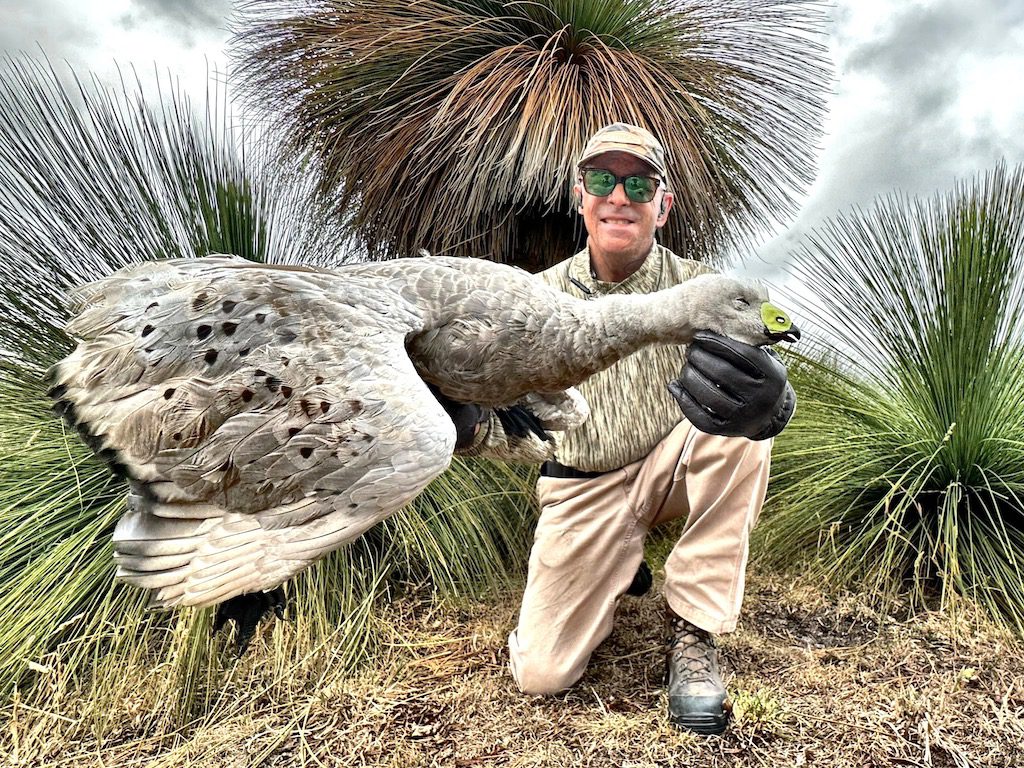
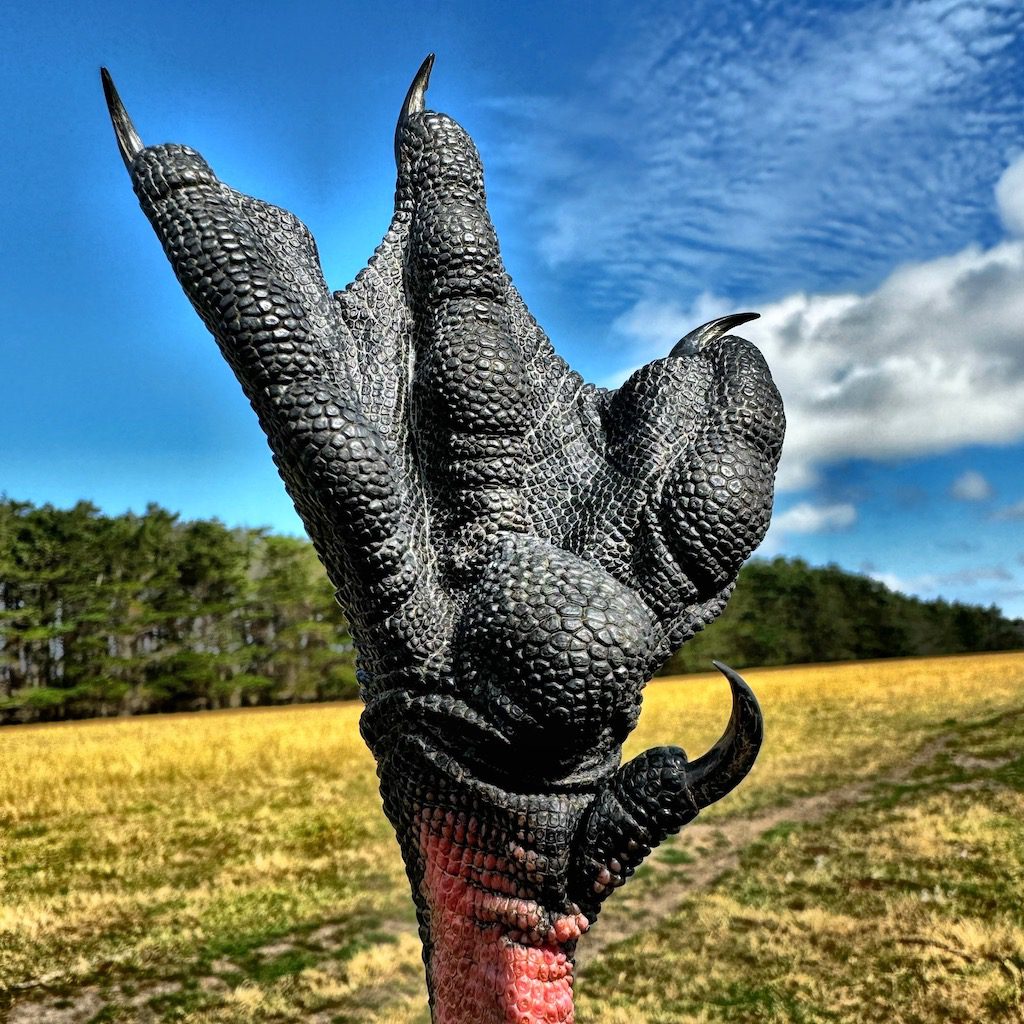
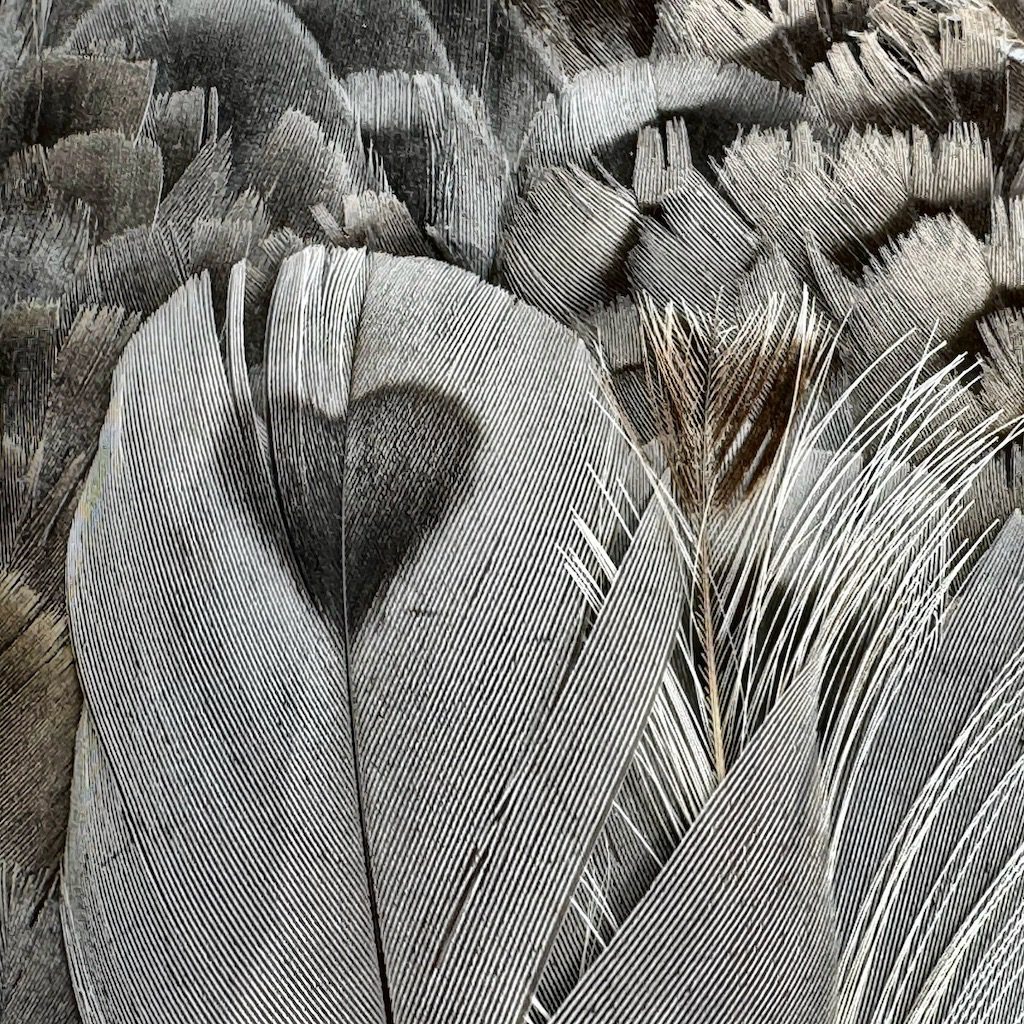
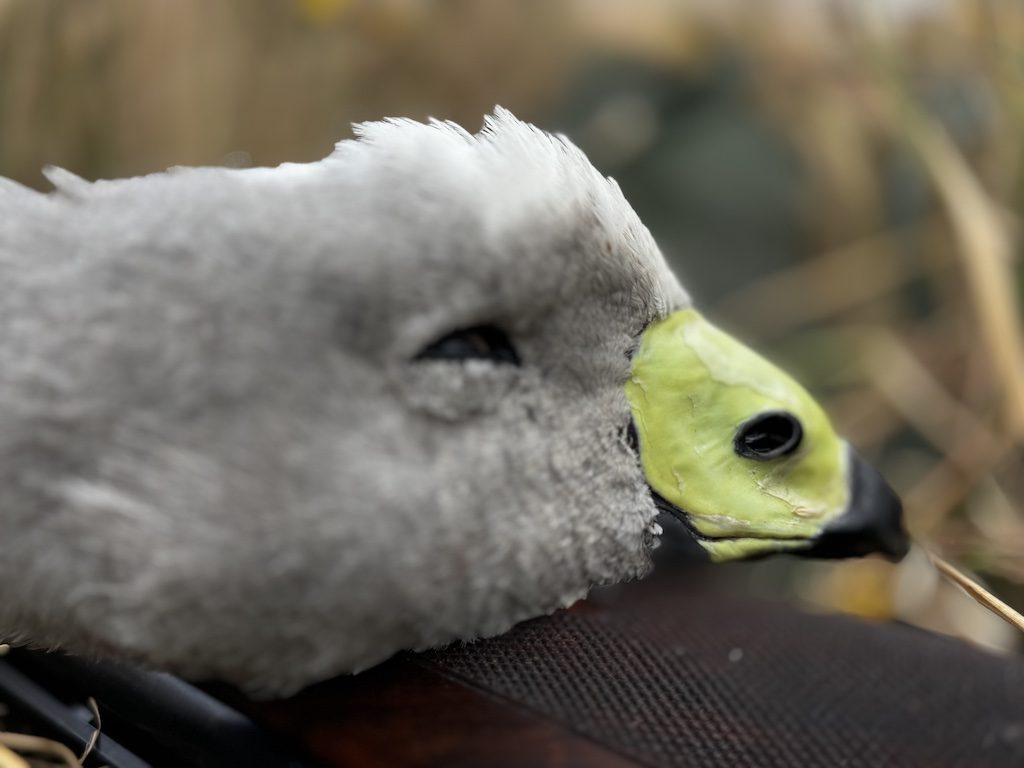
CAPE BARREN GOOSE. Confined to about 600 square miles of earth among Tasman Sea islands in Australia, Cape Barren Goose is likely the rarest huntable goose worldwide. Listed by IUCN as “least concern,” my description as rare is due to its relatively small distribution. It’s also candidate for largest, rivaled only by Africa’s spur-winged goose. Evolved on brackish marshes, the sea flower-yellow cere on its bill is for excreting salt, similarly to many sea ducks. Its long legs serve it well terrestrially, it’s well adapted to pasturelands, only occasionally roosting on water at all. Feet with shallow webbing. Long claw-like nails because it once perched and nested in island trees. Two-note honks and pig-like grunting vocalizations. Highly territorial, pairs and small cohorts stake out every paddock. Hunting consists of gently herding them like sheep towards pass shooter lines, where they’re much faster than their slow wingbeats suggest. Excellent tablefare, each breast half rendering a full pound. The goose depicted weighed 5.3 kg (11.66 pounds). They’ll get upwards of 7-8 kg in size. Cape Barren geese have been both poisoned as pests and raised for meat in the past.
Available Hunts
Cape Barren Geese are herbivores with a diet predominantly composed of grasses, herbs, and various vegetation. Their specialized feeding behavior allows them to efficiently exploit available resources in their coastal habitats. It has almost completely transitioned to pasturelands on Flinder’s Island.
Breeding season occurs during late spring to early summer. Cape Barren geese form monogamous pairs, with both parents actively participating in nest construction and care of the offspring. Nests are often built on the ground using plant materials, and a small clutch of eggs is laid by the female.
Vocalizations play a crucial role in the social dynamics of the Cape Barren Goose. Their repertoire includes honks and calls, serving purposes ranging from mating rituals to warning signals. This communication contributes to the establishment of social bonds within the species.
While the Cape Barren Goose population appears stable, it faces conservation challenges such as habitat loss, human disturbance, and predation by introduced species. Conservation efforts aim to address these threats and ensure the long-term survival of this species. Introduced populations on mainland Australia are thriving.
Cape Barren goose stands out as an intriguing species with its unique morphology, adaptable habitat preferences, and distinctive behaviors. Understanding its biology is vital for conservation initiatives aimed at preserving the ecological balance and biodiversity of the southern Australian coastal regions.
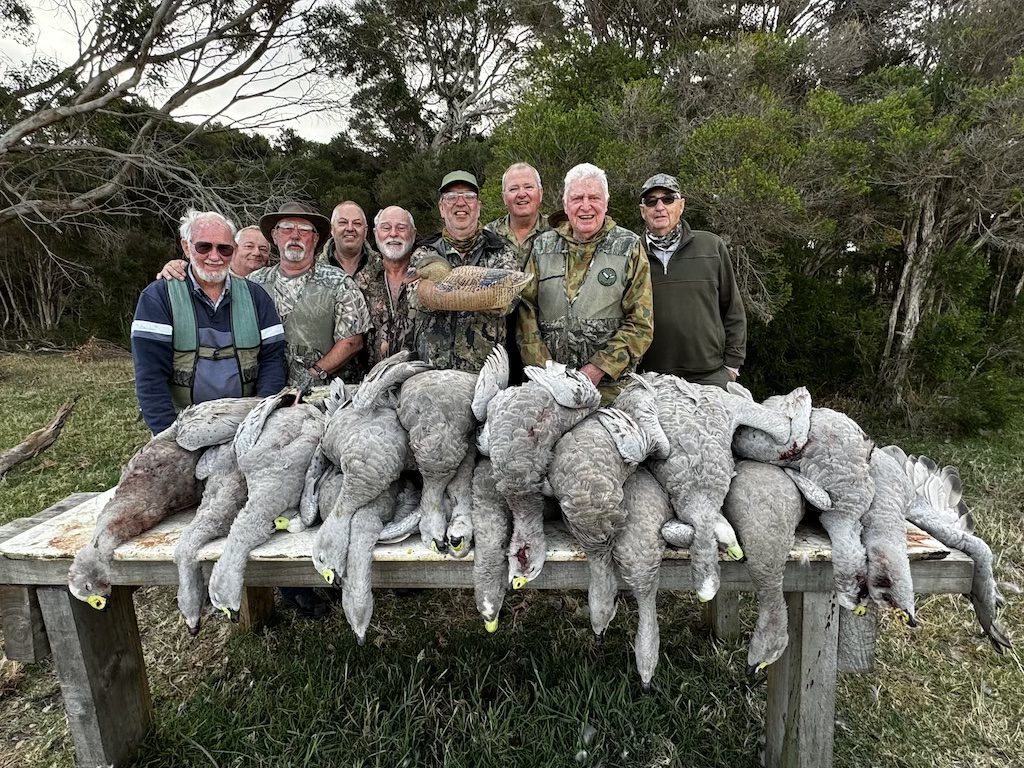
TASMAN SEA GEESE. Nestled deep into a jurassaic grass tree thicket, next to last gun in the long shooter line, I awaited pushed geese 72-plus hours since hugging my wife goodbye. Several flights later, 8500 miles distant to a small island in the Tasman Sea. Cape Barren geese. World’s largest in size, rivaled only by spur-winged geese, rarest huntable goose per its singularly specific distribution. Pushed by a Red Bull-fueled atv rider they came in gray waves, moving much more quickly than their slow wingbeats seemed capable, creaking 2-note rusty hinges, folding at the shots, hitting the ground with ground-shaking thuds. We learned at lunch with cape barren goose brats and again at dinner with cape barren goose stroganoff that theyre absolutely delicious.
FLINDER’S ISLAND CAPE BARREN GOOSE STROGANOFF RECIPE
(1) Tenderize goose breasts, thinly slice and marinate over night with sour cream, smoked paprika and garlic.
(2) Sauté button mushrooms in a dry pan. Add thinly sliced bacon. Remove from pan.
(3) Cook goose in small batches. DO NOT OVER COOK!
(4) Return mushrooms to pan. Add tomato paste, dijon mustard, sour cream.
(5) Salt and Pepper to taste.
Serve over good thick pasta and ENJOY!!
